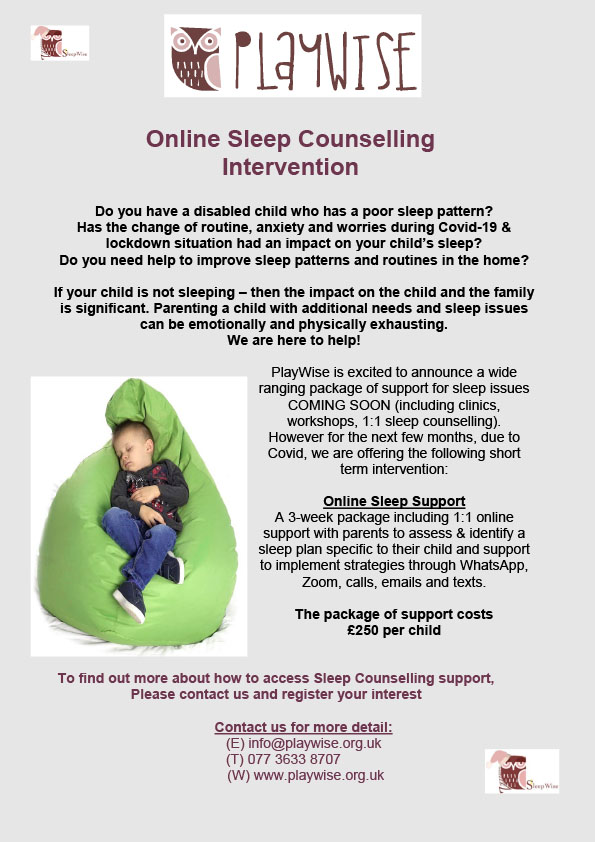
Sleep Training Your SEN Child- 5 Steps For Success
Try not to underestimate the importance and impact of sleep deprivation, it’s known to be the oldest form of torture to man!
As a trained sleep counsellor, I am asked frequently for tips and ideas on how to sleep train SEN children and improve sleep for both parents and their children. It’s complicated and not one size fits all. However, here is my little effort, that I hope will help in some way, if you are struggling with poor sleep.

Be kind to yourself your loved ones and your children, as sleep deprivation affects us all in similar ways. It causes fatigue, impaired concentration and irritability, adversely affecting performance. Remember, whatever you’re feeling your child and or partner will likely be feeling too.
Here are a few important things to keep in mind when starting your sleep training:
1. Maintain A Sleep Journal

Before you start you might find it useful to keep a sleep diary or journal for a couple of weeks in order to establish and understand what patterns currently exist. That way you know what you’re working with and what might simply need to change.
2. Answer the “How” Question
Remember that children with SEN are often unsure what is expected of them at night and maybe they need to be taught the “how” of going to sleep, or perhaps clearer boundaries and very specific routines for bedtime. If useful, explain in detail, using visuals or perhaps other resources that you know will work with your child to enable them to understand fully what the expectations are.
3. Develop a Routine

Once you’ve explored the patterns that have already been established, develop a clear and concise bedtime routine. Do the same routine every night without fail. This routine should start about an hour (max) before actual bedtime and should include winding down, so no loud fun and games, no loud stories or singing, no rough and tumble. It might include a small snack or drink about an hour before bedtime, to ensure that your child is neither thirsty nor hungry.
In principle, the old adage of bath, book, bed is a good one and sets up a good routine for you and your child to follow. Depending on your home set up, ensure that this routine is done using only the bathroom and bedroom and doesn’t involve going back to the living room. Using the space where the child has been active throughout the day again before bed is a no,no.
4. Make Your Child Feel Safe

A soothing bath, clean PJ’s, calming sleep story, comfortable space and no bright lights make up a good sleep environment. It is important to know that your child will need to feel safe, so if they need a night light, make sure to use it, or a teddy or a special blanket, then cuddle and kiss goodnight and leave the room, closing the door behind you.
5. Repeat Repeat Repeat

Consistency is key to your success, but of course it is much harder in practice especially when you’re tired, irritable and unmotivated. Many a time it can feel like it’s all too much, but you must persevere for your own sanity and for your and your family’s well-being. Keep reminding yourself that it will be worth it in the long run.
If all this sounds too good to be true, I get it. Sleep training is one of the hardest things to do as parents. But I also know that perseverance, consistency of approach and determination will get good results, so good luck and sleep well!
by Yvonne Charalambous
PlayWise CIC runs Sleep Counselling Service for SEND children and families. Click here to view the details:
